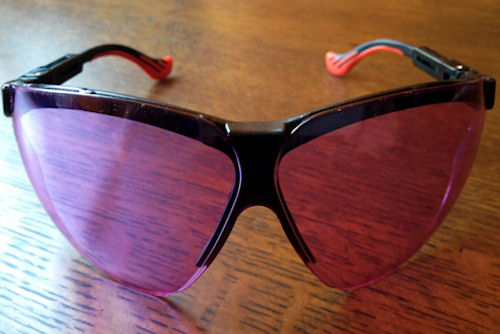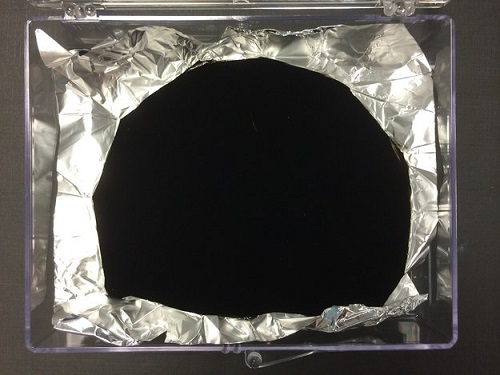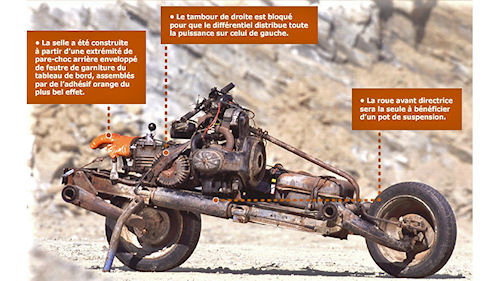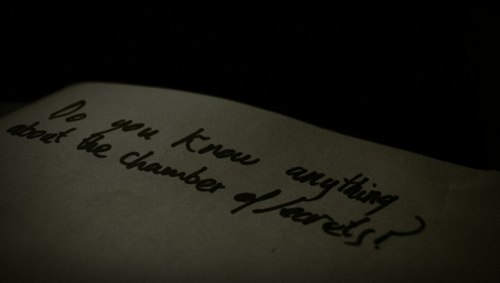
Tech-heavy eyewear has always been something that seems like too good-to-be-true science fiction. Various accessories promising amazing visuals for your peepers have included everything from those vintage ads in comic books for X-Ray Specs to the recently buzzing Google Glasses to quantum HUD display mechanics contained in a single drop of saline dripped onto a contact lens.
Currently in their testing phase, 2AI Labs is developing a pair of glasses that allows you to see what early testers are having a hard time believing until they actually put these things on…and see their veins glowing.
The O2Amp glasses are the creation of neurobiologist Mark Changizi who came up with the idea while studying the development of color vision in primates at CalTech.
So how does this work exactly? Bionics? Special computer-controlled lenses? By bellowing latin phrases and waving a wooden stick?
Nope. Our eyes, using certain filters, are able to do this all on their own. Turns out we just have to amplify the process.
Changizi explains “that color vision evolved to sense oxygenation modulations in the hemoglobin under the skin. Once one understands the connection between our color vision and blood physiology, it’s possible to build filters that further amplify our perception of the blood and the signals it provides. ”

There are currently three different filters for the glasses:
– A vein-finder, or oxygenation-isolator, that amplifies perception of oxygenation modulations under the skin (and eliminates perception of variations in the concentration of hemoglobin),
– A trauma-detector, or hemoglobin-concentration-isolator, that amplifies perception of hemoglobin concentrations under the skin (and eliminates perception of variations in oxygenation), and
– A general clinical enhancer, or oxygenation-amplifier, that combines the best features of the first two; it eliminates neither signal (i.e., it retains perception of both variation in Hemoglobin oxygenation and concentration), and only amplifies perception of oxygenation.
Unlike Google’s somewhat infamous video of promises regarding its magical glasses, these amazing goggles are already out in the world, mainly in the medical field, and being tested by real people working in a real evironment.
The results and feedback from those that’ve worn them? Most are ready to order.
[Changizi Blog]









